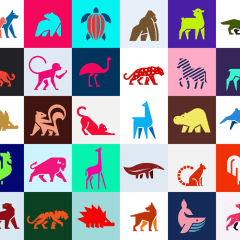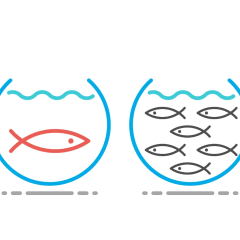Conservation science and conservation biology are related fields that share the overarching goal of preserving and managing natural resources, ecosystems, and biodiversity. However, they differ in their approaches, focuses, and the depth of their engagement with biological and ecological principles.
Conservation scientists are professionals who employ a multidisciplinary approach to address environmental challenges and promote sustainable practices. Their work extends beyond the realm of biology to include considerations of land use, policy, economics, and social factors. Conservation scientists may assess the impact of human activities on natural ecosystems, develop strategies for sustainable resource management, and collaborate with policymakers to implement effective conservation measures. Their efforts often involve integrating scientific research with practical solutions to balance human needs with environmental conservation.
On the other hand, conservation biologists are specialists within the broader field of conservation science who specifically concentrate on the biological aspects of conservation. Their work delves deeply into understanding the ecology, behavior, and genetics of species, with the ultimate aim of devising strategies for the protection and restoration of biodiversity. Conservation biologists conduct field studies, monitor wildlife populations, and design conservation plans that address the unique ecological requirements of different species. They often collaborate with other scientists, policymakers, and communities to implement conservation initiatives grounded in a strong biological foundation.
In summary, while conservation scientists take a holistic and interdisciplinary approach to environmental issues, considering social, economic, and political factors, conservation biologists narrow their focus to the biological intricacies of ecosystems and species. Both play important roles in the broader field of conservation, combining their expertise to develop comprehensive strategies for the sustainable coexistence of human activities and the preservation of the natural world.
Related Careers

Cognitive Ethologist
A cognitive ethologist is a researcher who specializes in studying animal behavior with a focus on understanding the cognitive processes underlying it.

Neuroethologist
Neuroethologists are scientists who study how the nervous systems of animals generate behavior in their natural environments.

Applied Ethologist
Applied ethologists are scientists who utilize principles of animal behavior and ethology – the scientific study of animal behavior – to address practical issues related to animal welfare, management, and conservation.

Animal Behaviorist
An animal behaviorist studies the behavior of animals and applies scientific principles to understand, predict, and modify their behavior.

Comparative Ethologist
A comparative ethologist is a scientist who studies animal behavior across different species or groups of animals to understand the evolution, development, and function of behavioral traits.

Comparative Animal Psychologist
Comparative animal psychologists are researchers who study the behavior, cognition, and emotions of animals.

